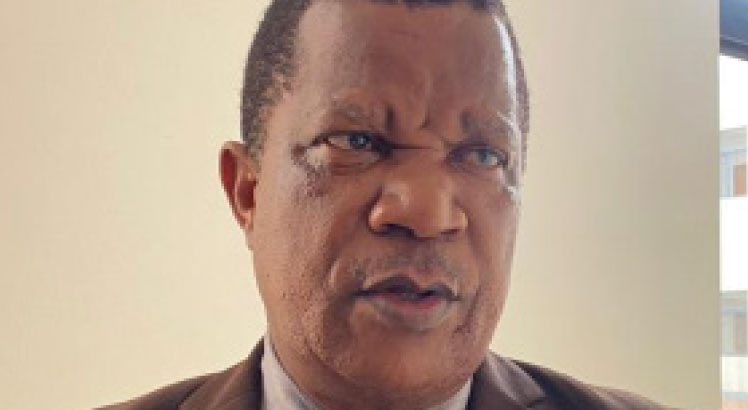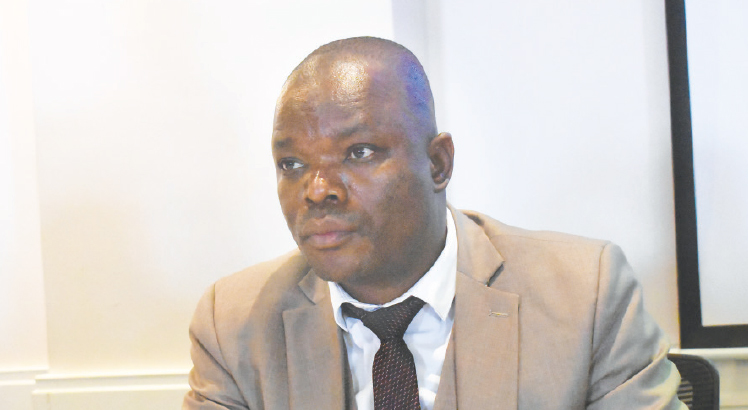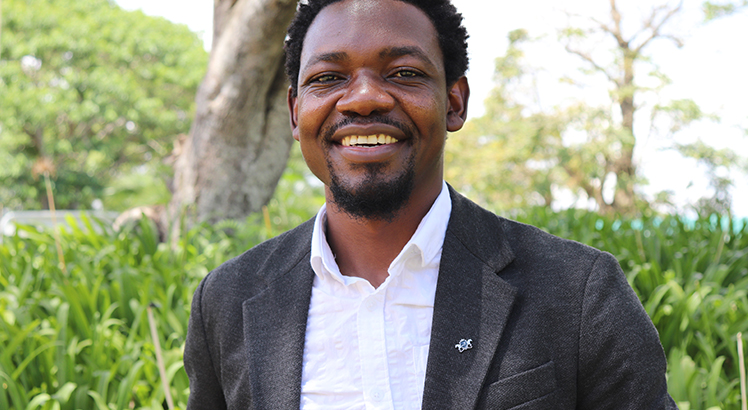‘We want to challenge stigma’

In October this year, Malawi joined the world in commemorating the International Spina bifida and Hydrocephalus Day. Commemorations marking the day were held at Queen Elizabeth Central Hospital (QECH). I caught up with Dr Emma Thomson, coordinator of Spina bifida and Hydrocephalus Project in Malawi who explains what the two diseases are.
Q.
What is spina bifida?
A.
Spina bifida is a condition which affects the spinal canal. The spinal cord doesn’t form properly, usually in the lower back region. The spinal cord is like the telephone switchboard between the nerves (telephone lines) supplying our legs and the nerves (telephone lines) sending messages to our brain. So, a child with spina bifida may not be able to move or feel their legs because the communication to their brain in cut off by the spina bifida. The same problem occurs regarding the nerves (telephone lines) to the bladder and bowels. This leads to loss of bladder and bowel control.
Q. What about hydrocephalus?
A.
A child has too much fluid around the brain. Our brains all have fluid around them which the body recycles regularly. In hydrocephalus, the fluid doesn’t get recycled but continues to build up. In children less than one year of age, the head can continue to increase in size because the skull bones have not yet joined together. A child who has hydrocephalus, but isn’t treated can have a very large head.
Q. How can parents detect spina bifida and hydroceophalus?
A.
Spina bifida is mostly apparent at birth. The child will be born with a swelling on the lower back sometimes referred to in Chichewa chotupa pa m’sana. Sometimes a child is born with hydrocephalus, but most develop over the first few months of life. Parents will notice that their child’s head is growing larger than expected. The soft spot at the top of the head can also become firmer. The child may also start crying more than usual and even have convulsions. Hydrocephalus has many medical causes. One of the medical causes for Hydrocephalus is spina bifida. About 70 to 80 percent of patients with spina bifida can go on to develop hydrocephalus.
Q. How widespread are these twin diseases in Malawi?
A.
We don’t really know exactly how widespread the problem really is. We can only comment on the children that we see at the hospital. We see about 60 new spina bifida patients a year (more than one a week) at QECH alone and about 250 new cases of hydrocephalus.
Q. How can the diseases be prevented?
A.
The risk of an unborn child having spina bifida is reduced by the mother taking folic acid supplementation. This should ideally start three months before conceiving and continue for the first three months of pregnancy. Continuing beyond this is not harmful. If folic acid is not available, then mothers can eat foods rich in folic acid such as papaya seeds. Hydrocephalus has many causes. The best thing a parent can do is to bring their child to the hospital as soon as possible if they notice that the head is increasing in size. This is a treatable condition and with treatment (surgery) a person with this condition can be of normal intelligence. However, if treatment is delayed until the child’s head is very large then the child is likely to have a damaged brain.
Q. What is your project doing to combat these diseases?
A.
The International Federation for Spina Bifida and Hydrocephalus provides health education and healthcare support for children with spina bifida and hydrocephalus and their families aimed at improving life expectancy and quality of life. For patients with hydrocephalus,+ follow up regular reviews at the hospital are essential. The child needs to be assessed for signs of increased pressure of the fluid on the brain. We also measure the child’s head and plot the growth on a chart compared to the normal expected growth. We advise parents on how to minimise pressure sores on the head caused by the child lying on a hard mat or floor. We are issuing special health passports to all our patients which contain these growth charts and help keep all the necessary information in one place. These health passports also contain a page of information for healthcare professionals who may not be familiar with the conditions.
Q. How do people perceive these diseases?
A.
Many mothers seem ashamed of their child and want to hide them. I see many single parents because the father has left the mother because he blames her for their childs’ condition. I understand that the condition is thought to be due to witchcraft or even a sign that the mother has been unfaithful. These misconceptions make it even harder for parents to seek help for their children. There is also a stigma attached to having a child with any disability and we want to challenge this. These children should not be hidden away but be allowed to lead full lives.
Q
Do the children who suffer from these diseases have a chance of living a normal life?
A. Yes! In our youth group, we have teenagers who are doing very well at school and indeed one girl with hydrocephalus has just joined one of the most prestigious boarding schools in the country. Children born with spina bifida have quite a spectrum of disabilities depending on how high up the back the problem is. Some children will need wheelchairs to get around but this doesn’t prevent them from leading full and healthy lives. Disability is not inability! These conditions are not the fault of the parents and not caused by witchcraft. The sooner the child is brought to hospital the better the outcome is likely to be.





